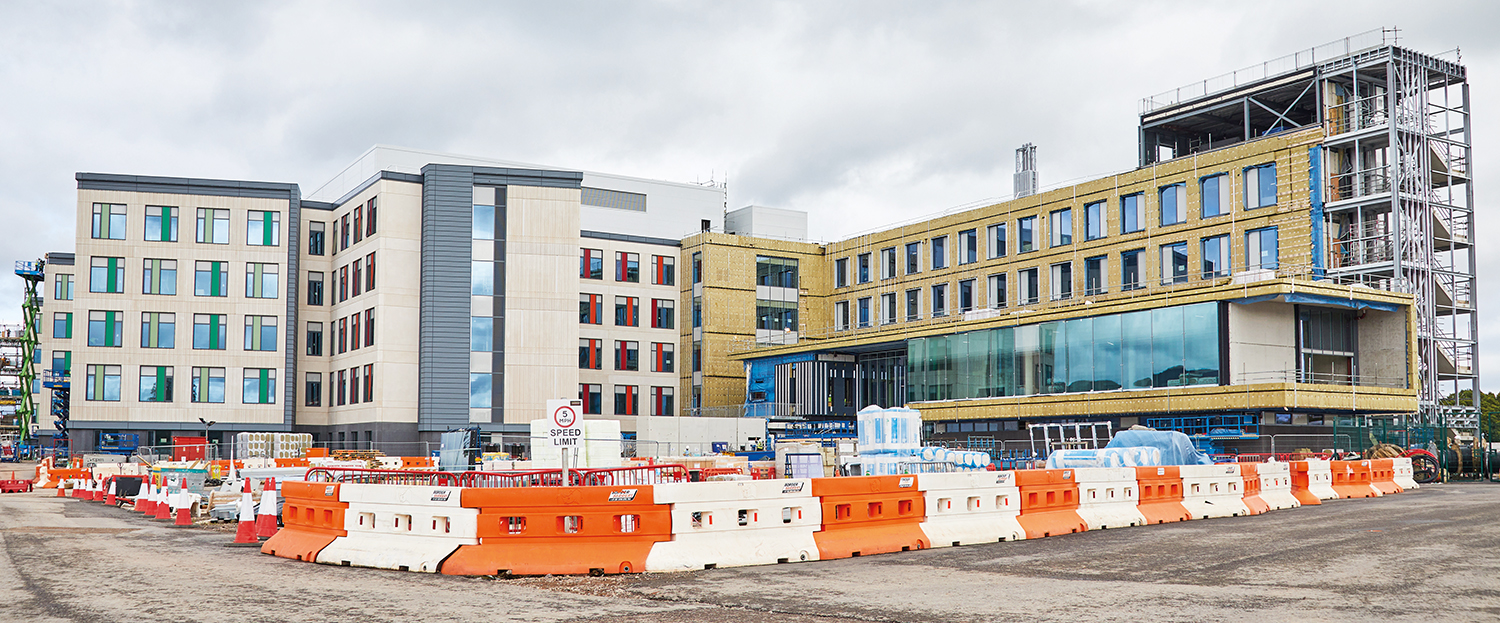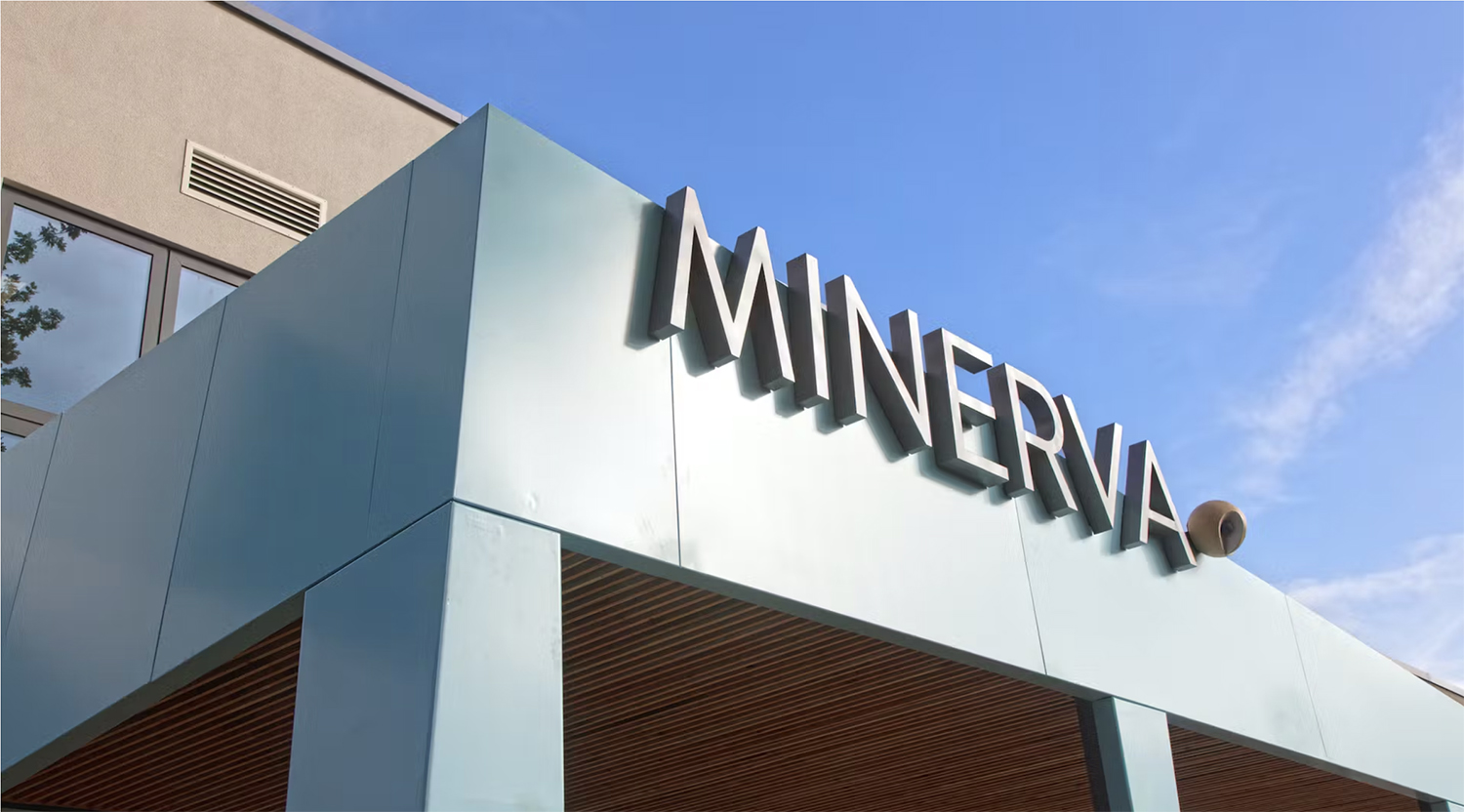
This CPD, in association with Rockwool, examines the British Standard that sets out how to establish and specify minimum thermal insulation requirements for pipework and other equipment.

BS 5422 provides a method for specifying thermal insulating materials needed on pipes, tanks, vessels, ductwork and equipment for certain defined applications and conditions within the temperature range -40°C to +700°C in domestic, non-domestic and commercial buildings.
As part of this, the standard specifies requirements for the insulating materials. It is meant to work as guidance for designers, specifiers, contractors and manufacturers of thermal insulation in the building services sector, supporting Approved Document L as the reference point to determine the minimum thickness of insulation required to limit heat losses and gains from building services.
The applications covered by BS 5422 include:
- conservation of energy, for both cooled and heated systems;
- slow freezing of contents;
- control of condensation on cold surfaces;
- protection of personnel from exposure to extremes of surface temperature;
- control of process or service temperatures; and
- limiting effects of system on indoor building temperature.
BS 5422:2023 took effect from 30 June 2023, at which point the 2009 version was withdrawn. Regulatory guidance refers to BS 5422 dynamically; as such BS 5422:2023 will apply to new projects, including those for which planning permission has been achieved. However, where tender documentation had already been issued to potential installers, or a contract awarded, BS 5422:2009 would continue to apply.
2023 update overview
While BS 5422:2023, the first update since 2009, requires the same base level performances as the previous version, it introduces a number of important practical changes and additions:
- Thermal performance data relating to materials that are rare or no longer supplied has been removed, instead focusing on the most commonly used insulation materials at the time of revision.
- Pipe diameters are now referenced to as ‘less than or equal to’, leading to the removal of two tables specific to copper pipes.
- Legacy ‘National Class’ reaction-to-fire ratings have been replaced by Euroclass ratings, in line with current building regulations. According to the British Standards Institution, Euroclass Reaction to Fire gives a more comprehensive and clear definition of the behaviour of materials exposed to fire than the more limited legacy BS 476.

The more stringent Energy Technology List/Capital Allowance/NES Y-50 targets have been adopted as an optional ‘enhanced performance’ set of B-series tables, which for the first time provides guidance to specifiers who would like to exceed the standard performance.
District heating tables for secondary systems have been added as Tables 19C and 20C. Plastic pipes (single wall) are now treated as having no insulative value of their own.
In the case of energy conservation, BS 5422:2023 seeks to strike a balance between economic considerations and CO2 savings. Applying an enhanced level performance standard to a building project can bring considerable long-term advantages for the building owners and operators, mostly reflected in lower operating costs and lower heat loss. The reduction in energy needed to run the building also has environmental benefits.
Specifiers and designers have to consider a number of factors when planning the insulation for building services systems according to BS 5422:2023.
Thermal performance
Thermal conductivity
Also referred to as a k-value, or lambda (λ), the thermal conductivity of a material is a number that describes how readily it transmits heat. Values are expressed in watts per metre per kelvin (W/mK), and as such are independent of thickness.
Lower thermal conductivity values indicate a better, more efficient thermal performance. The thermal conductivity of insulation increases with temperature, meaning higher service temperatures require thicker insulation to achieve a given thermal resistance.
Thermal conductivity values in the new BS 5422 are based on the most commonly used insulation materials at present. Note that the thermal performance of some insulation materials deteriorates over time. As such, an aged thermal performance is declared, which typically takes the form of a ‘time averaged’ lambda value over 25 years.
Other materials, such as stone wool, have a thermal performance that does not change with time, according to recent testing at the Danish Technological Institute. This is important for specifiers and installers to keep in mind when deciding which material to use, based on the expected lifespan of the building services or HVAC installation.

Thermal bridging
An important part of any building services system that is often overlooked when it comes to insulation calculation is the pipe supports and fixtures. Here thermal bridging can become a problem.
The standard states that load-bearing insulation should be used between the pipes and any support or fittings to avoid a gap in the insulation caused by compression of the material. Other structural elements, for example, stiffening rings, should be insulated externally to stop thermal bridging.
Traditional pipe supports have often included wooden blocks to prevent the insulation from being damaged and creating a thermal bridge. While successfully supporting the pipes and protecting the insulation, wooden supports can present a fire risk and provide minimal thermal benefit. More recently, pipe supports made from non-combustible material have been introduced, therefore safeguarding that the fire classification of the system will not be reduced.
Service temperature
BS 5422:2023 covers applications ranging from -40°C to +700°C. It is imperative that the service temperature rating of the chosen insulation product conforms with its intended application. This information should be readily available on the product’s Declaration of Performance.
Surface emissivity
Surface emissivity is the ratio of the energy radiated from a material’s surface to that of a perfect black body emitter. It is a dimensionless number ranging from 0 (perfect reflector) to 1 (perfect emitter).
The emissivity of a surface depends not only on the material but also on the nature of the surface. A clean and polished metal surface will have a lower emissivity, whereas a rough and oxidised metal surface will have a higher emissivity. When aiming to limit heat transfer to a fixed value, or achieve a given surface temperature, emissivity impacts the required thickness of insulation.
Fire performance
Building services and HVAC systems are found on all levels in most buildings. Any material used in the construction and insulation of building services and HVAC systems could have an impact on the potential fire spread and fire load in the building. Therefore, it needs to be carefully considered at the design stage.
Reaction to fire
The reaction to fire of insulation products is classified through BS EN 13501-1 (Euroclass), which considers results from the following tests:
- ignitability;
- rate of flame spread across the surface;
- amount of heat released during combustion;
- rate and level of smoke release; and
- character changes, such as release of flaming droplets.
Products are assigned a rating from A1 (best) to F (worst), with products achieving A1 and A2-s1,d0 typically defined as non-combustible. With the exception of A1, ratings are appended with ‘s’ and ‘d’ to respectively indicate emitted levels of smoke and flaming droplets.
Smoke and toxic gases
According to Home Office statistics, ‘gas or smoke’ was listed as the cause of just over half of all fire fatalities in the UK between 2019 and 2022. Smoke consists of particles, vapours and toxic gases, all of which can be harmful to human health. In addition, smoke impairs vision, making it more difficult for occupants and rescue services to navigate a building.
Stone wool insulation has a Euroclass reaction-to-fire rating of A1 or A2-s1,d0 – meaning it is non-combustible and as such will not contribute to any significant toxic smoke.
Compartmentation
It must be ensured that the fire resistance of compartment walls and floors is not compromised when penetrated by building services and HVAC systems. Insulation systems on pipework or ductwork traversing a fire‑resisting division shall maintain the level of fire resistance of the wall, floor or cavity barrier through which they pass.

With BS 5422:2023 the insulation requirements for building services and HVAC systems have been aligned closely with building regulations. The tables and guidance make it easier to choose the best and safest material for each project. Applied correctly, the updated standard will make building services and HVAC installation safer, more efficient and more sustainable.
Rockwool DuoDuct and Ductwrap
Rockwool DuoDuct is a non-combustible stone wool slab which provides thermal insulation to external ducts carrying warm air, chilled air or dual-purpose duct systems. The insulation is designed for use with rectangular external ducts and is made using Rockwool Dual Density technology. This consists of a heavier density outer and a lower density inner layer.
The high-density outer layer offers greater impact resistance over a single-density stone wool product. This makes it ideal for areas where the duct may be susceptible to damage in confined spaces, high-traffic areas and external spaces, (see case study).
Rockwool Ductwrap is a lightweight and flexible thermal insulation roll faced with reinforced aluminium foil used as a solution to insulate internal ductwork. Like DuoDuct, it is acoustically absorbent and A1 non-combustible.
Further information about BS 5422 can be found at: knowledge.bsigroup.com.

Case study: Minerva Primary Academy, Bristol
Thermal, noise-reducing and non-combustible insulation solutions were specified for a two-storey school extension project.
The Minerva Primary Academy in Bristol undertook a two-storey extension project to increase its capacity from 300 to 420 pupils. The £7.5m facility also includes a multi-use hall, additional classrooms and learning spaces, as well as offices and additional staff areas.
Rockwool DuoDuct slab and Ductwrap were specified as thermal, noise reducing and non-combustible insulation solutions for the building’s ventilation system in line with the requirements of Building Bulletin 101 (BB101) Guidelines on Ventilation, Thermal Comfort and Indoor Air Quality in Schools and Building Bulletin 93 (BB93) Acoustic Design of Schools.
The Minerva Primary Academy’s ventilation system incorporates an extensive ductwork system featuring both internal circular and external rectangular sections.
To ensure optimum performance for the system, external ductwork sections require effective insulation to protect them from changes in the ambient temperature.
The acoustically absorbent and A1 non-combustible qualities of Rockwool DuoDuct slab and Ductwrap ensured that all the relevant project requirements were achieved.




